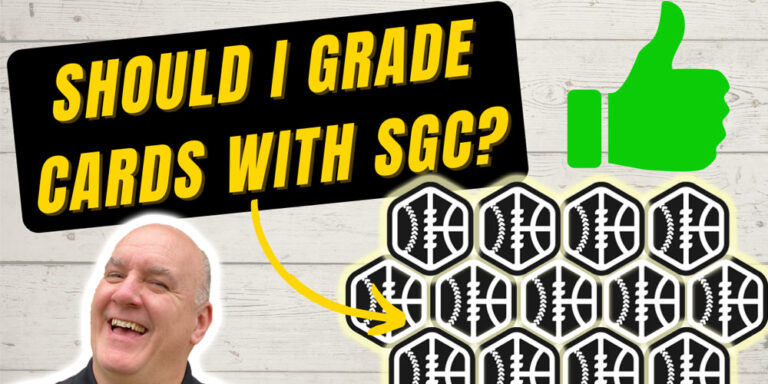Fellow Fantasy Baseball writer Benny Ricciardi approached me a couple weeks ago about contributing to his new Fantasy Baseball book, “The Definitive Guide To Fantasy Baseball.” Of course, I was happy to join in! This is an e-book (and paperback book) filled with great content by great writers, like Nando Di Fino, Michael Rathburn, Jake …
Fantasy Baseball Book Excerpt: My “39 Dirty Tricks”

Fellow Fantasy Baseball writer Benny Ricciardi approached me a couple weeks ago about contributing to his new Fantasy Baseball book, “The Definitive Guide To Fantasy Baseball.” Of course, I was happy to join in!
This is an e-book (and paperback book) filled with great content by great writers, like Nando Di Fino, Michael Rathburn, Jake Ciely and Scott Engel.
So I ponied up for the chapter on Fantasy Baseball auctions, and I came up with 39 different dirty tricks I’ve learned through the years.
Here are some of the writers in this Fantasy Baseball book, as well as the chapters they’ve written:
- Tony Cincotta: Target Numbers In Each Stat Category
- Mike Rathburn: Finding Value In the Nuances of the Game (DFS)
- Joe Pisapia: Relative Position Value
- Jake Ciely: How to Use Advanced Stats
- Tim McCullough: Strategies For Identifying and Drafting a Winning Pitching Staff
- George Kurtz: How the Average Player Can Win His League
- Nando Di Fino: Digging Deep For Obscure Longshots
There are 22 chapters in all in this book, from 22 authors, running 232 pages long. This is a book I believe you’ll enjoy for this season, and seasons to come, as it has a ton of advice that will affect how you play all year, every year.
My Fantasy Baseball Book Chapter: 39 Auction Tips!
From 2005 to 2016, the first 11 seasons of the Tout Wars Mixed League, I’ve gone up against some pretty great drafters! Unfortunately, Larry Schechter and Fred Zinkie were among those owners, and they won six times between the two of them. I’m happy to report I also won one of those years they didn’t win!
My point is – I’ve done Fantasy Baseball auctions with the best, and these are the 39 tips I thought I’d share with everyone else! Some tips are amazing – and some aren’t that advanced, but are still helpful.
Here are three of those Fantasy Baseball auction tips, as a sampling for my readers – please buy the book on Amazon for $9.99 and help yourself by helping us!
No. 7 — Nominate $2- and $3-Relievers You Like, But Don’t Love
You can find some sleepers for saves farther down the reliever rankings – players who might get the first call if the closer ahead of them gets injured. By nominating them for $1 while studs are going for $30 elsewhere, you might catch the other 11 owners at a moment of indifference. Maybe it goes another round and you get him for $3, or it goes higher and you pass altogether, allowing another owner to pay too much for him. You win all around.
No. 20 — Don’t Use Dollar Values From an Expert Auction Like Tout Wars
Like we said earlier, each auction is different. The timing when one player is nominated in one auction compared to another auction could be a $10 difference! If Logan Forsythe is nominated in one auction as the first player off the board, there’s an excellent chance he’ll go for three or four times the money he would if he was the 18th second basemen nominated in another auction.
No. 26 — Highlight Players Going For Too Much, Too Little And Ones You Bought
 As your auction rolls along, make sure you keep track in your auction spreadsheet. Some will tell you to track everyone’s team, so you have an idea of which positions others need. That’s great in theory, but it’s too much for me to handle. (Ideally, your league will be tracking this stuff online as you go.)
As your auction rolls along, make sure you keep track in your auction spreadsheet. Some will tell you to track everyone’s team, so you have an idea of which positions others need. That’s great in theory, but it’s too much for me to handle. (Ideally, your league will be tracking this stuff online as you go.)
Mark in your spreadsheet the prices players are being sold for in each position, and highlight those players accordingly: yellow if you bought them, red if they went for cheaper than you expected, green if they went for more than you expected, and gray if someone else got them for around what you estimated.
As the auction progresses, you’ll get a big-picture view of each position, and you’ll have an idea if there are a lot more bargains being won (which is bad and means higher values later on) of if too many players are going for too much money (which is good and means lower values later on).
I hope you enjoyed these three of my “39 Fantasy Baseball Auction tips” in my chapter, and you’ll want to read more of this Fantasy Baseball book! You can buy the e-book for $9.99 here on Amazon, or you can buy the physical paperback version of the book for $15.56.
Please, let me know what you thought of this Fantasy Baseball book compared to others, and also what you thought of my chapter! Criticism is welcome, but I think you’ll enjoy it.








